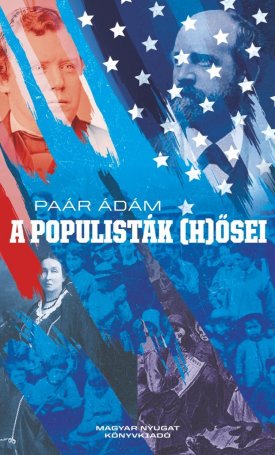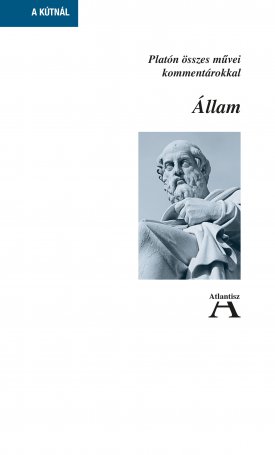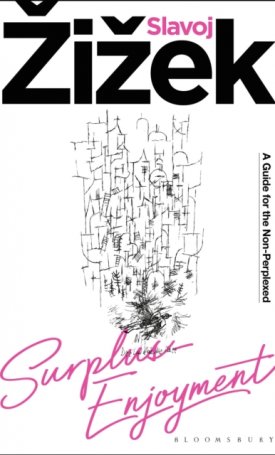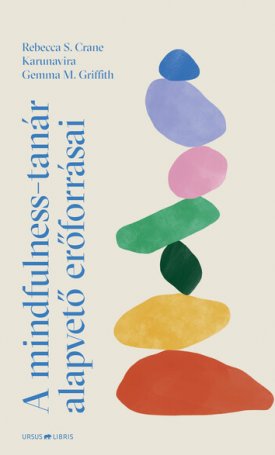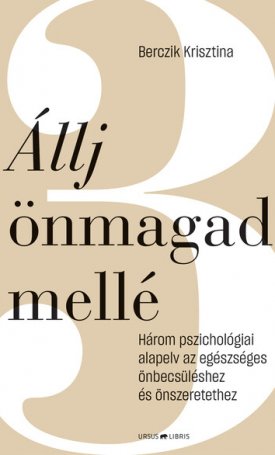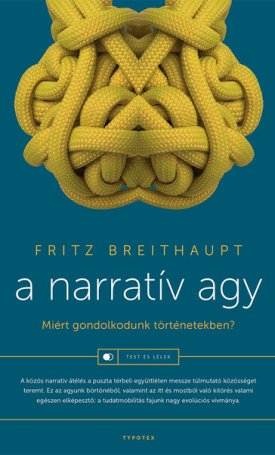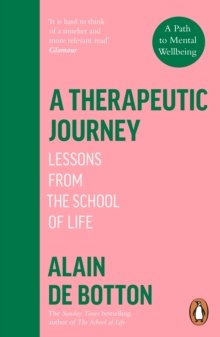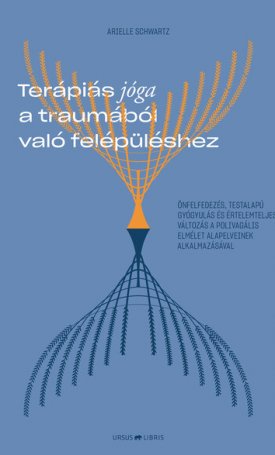Understanding Asexuality
-10%
12 780 Ft
11 502 Ft
Preorder(You have to login)
Discounted prices are valid only for orders placed through our webshop.
Understanding Asexuality
More and more, those who identify as asexual are “coming out,” joining up, and forging a common identity. The time is right for a better understanding of this sexual orientation, written by an expert in the field who has conducted studies on asexuality and who has provided important contributions to understanding asexuality. This timely resource will be one of the first books written on the topic for general readers, and the first to look at the historical, biological, and social aspects of asexuality. It includes first-hand accounts throughout from people who identify as asexual. The study of asexuality, as it contrasts so clearly with sexuality, also holds up a lens and reveals clues to the mystery of sexuality.
Contents:
1: Introduction
2: The A, B, C, and Ds of Sex (and Asex)
3: History of Asexuality
4: The Prevalence of Asexuality
5: To Masturbate or Not to Masturbate
6: Sex and Gender
7: Forging an (A)sexual Identity
8: The Madness of Sex
9: Do You Have Hypoactive Skydiving Disorder?
10: A Monster in All Our Lives
11: Art and Food on Planet Sex
12: (A)sexuality and Humor
13: Just Because
14: The Beginning
Bibliography
Author:
Anthony Bogaert, Ph.D. is professor of community health sciences and psychology at Brock University. He has published numerous peer-reviewed journal articles, along with book chapters, on such topics as asexuality, sexual desire, sexual orientation, birth order and sexual identity, and other related topics.
Reviews:
Bogaert (psychology, Brock Univ.) is known for his research on birth order and sexual orientation. Here, he examines another aspect of his research—asexuality. Bogaert sets out to carefully define and describe asexuality using a four-part approach to help categorize the processes of sexuality: A (attraction and arousal), B (behavior), C (cognition), and D (desire). Bogaert describes asexuality as a sexual orientation that is perhaps statistically as prevalent as homosexuality. Other chapters discuss asexuality in regard to masturbation (why would an asexual person masturbate?), gender (is asexuality more prevalent among females?), sexual identity (how is asexual identity different than homosexuality?), the “madness of sex” (how do asexuals view sexuality?), and more. VERDICT Bogaert successfully introduces asexuality as another sexual orientation that demands further research. He likewise demonstrates the importance of asexuality not only in its own right as an understudied subject but also in how it contrasts with other sexual orientations. (His chapter on art and food, showing how sex permeates human culture, is a good example of this.) Recommended for readers interested in human sexuality.
— Library Journal
Rather than tackle the overdone topic of sexuality, this book takes a fascinating look at asexuality. A professor of community health sciences and psychology, Bogaert writes about people with (gasp!) no interest in sex and no feelings of sexual attraction. (These folks may still be romantic, though, and they may still masturbate to relieve tension.) Taking a deeply historical perspective, he notes that although sex is the main form of reproduction for species on earth today, it was not for most of the nearly 4 billion years that life has existed here. Given to humorous asides, Bogaert writes of questions surrounding “the exact date of the emergency of sex––call it, ahem, the little bang theory,” and observes that coupling brings the advantages of genetic diversity. The author’s small-type notes are just as interesting as the main text, making this an unusually intriguing and enlightening inquiry.
— Booklist
People who aren`t interested in sex can teach the rest of us who are a thing or two about it. Indeed, they help us sexual beings better understand why we do what we do, says sexologist Anthony Bogaert, professor of community health sciences and psychology at Brock University. More to the point, they help us understand what sex is, and what it is not, he says. In his newest book, Understanding Asexuality, he explores what he calls the fourth dimension of sexual orientation. In simple terms, a person who is asexual does not feel sexual attraction. At all. Never. It`s not celibacy -- that`s a choice. Instead, it`s part of the person`s very being, just like being straight or gay, he says. [Bogaert] hopes his book will teach asexuals a little more about themselves, and enlighten everyone else about their own sexual orientation.
— St. Catherine`s Review
Understanding Asexuality helps people understand asexuality in a way that asexual websites cannot.
— The Examiner
Bogaert (Brock Univ.), who has published numerous articles on sexuality, takes on the little-researched topic of asexuality--lack of interest in sexual relations with others. He struggles with philosophic questions: How should one judge another`s mental health? What really is pathology? His chapter on "the madness of sex" is insightful in exploring what is abnormal, what is normal, and the benefits of being asexual--such as less contact with the criminal justice system and mental health agencies. Bogaert seems to speak directly to readers and shows his humor through such chapter titles as "Do You Have Hypoactive Skydiving Disorder?" Because asexuality is an area of minimal research--due to asexuals` not bringing themselves to the attention of others--Bogaert must speculate based on what is known to build a picture of asexuality and provide a solid background for further research. He explores ways that genes can direct or influence a person`s sexual choices and gives examples of some features more prominent in the asexual cohort than others, including a larger number of left-handed, later-born sons than average. The bibliography includes some 250 entries. Summing Up: Recommended. Upper-division undergraduates through faculty and professionals.
— CHOICE
Essential reading for anyone who wants to explore how asexuality is transforming our understanding of sex.
— David Jay, founder of Asexual Visibility and Education Network (AVEN)
Despite an adaptationist flavor, Understanding Asexuality is a thoughtful, nuanced, and even paradigm-changing book.
— Maurine Neiman, Ph.D., assistant professor, Department of Biology, University of Iowa
It was refreshing to see the rare publication of a book that delves into the subject and attempts to shed more light onto it, even give it a voice and credibility which is still way too far in the margins.
On the whole, I have to say, I found this book interesting, even enjoyable. It is an excellent starting point for study and debate, a brilliant introduction to asexuality.
The work he has done is truly enlightening and important.
Bogaert made an excellent attempt at deconstructing a very complex issue, identifying and analysing components of romance, sexual desire, behaviour, attraction, sexual pleasure, cognition and identity, differentiating between them, trying to establish whether the absence or presence of each of these components signifies asexuality. He goes into the history as well as current societal representation and culture.
— Waterstones
